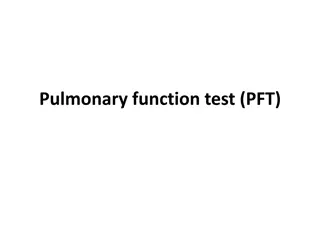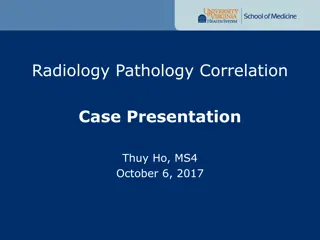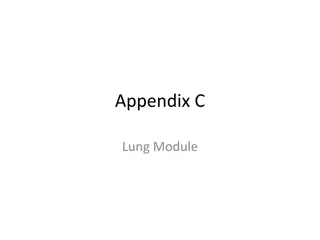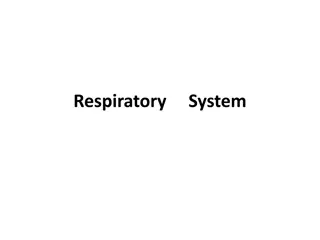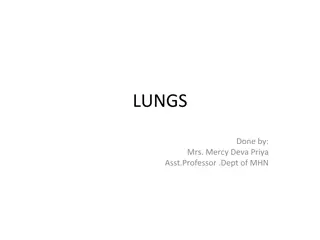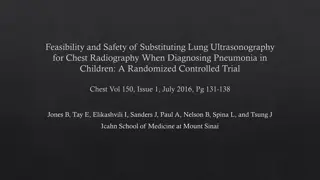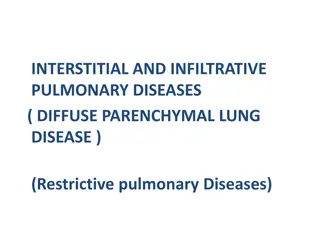
Understanding Lung Function Tests and Their Importance
Explore the different types of lung function tests, such as spirometry and gas diffusion, used to assess lung health and diagnose respiratory diseases. Learn how physiological conditions can affect lung function and the indications for performing spirometry in clinical settings.
Download Presentation

Please find below an Image/Link to download the presentation.
The content on the website is provided AS IS for your information and personal use only. It may not be sold, licensed, or shared on other websites without obtaining consent from the author. If you encounter any issues during the download, it is possible that the publisher has removed the file from their server.
You are allowed to download the files provided on this website for personal or commercial use, subject to the condition that they are used lawfully. All files are the property of their respective owners.
The content on the website is provided AS IS for your information and personal use only. It may not be sold, licensed, or shared on other websites without obtaining consent from the author.
E N D
Presentation Transcript
Lung function in health and disease Laila Al-Dokhi
Types of lung function tests include Spirometry. Gas diffusion. Body Plethysmography. Inhalation challenge test. Exercise stress test.
Spirometry: It is the measurement of the speed and the amount of air that can be exhaled and inhaled. Body Plethysmography test: The patient is required to sit in an airtight chamber that resembles a small telephone booth. Inside the chamber is an affixed spirometer, which is used to determine the flow properties of the patient. Cardiopulmonary Stress Testing Used for evaluation of dyspnea that is out of proportion to findings on static pulmonary function tests Diffusing Capacity of Lung for Carbon Monoxide To evaluate the presence of possible parenchymal lung disease Pulse Oximetry The principle is measurement of O2 saturation by spectrophotometry
Plethysmography Spirometer
spirometer Spirometry Spirometry is a method to record volume movement of air into and out of the lungs. Spirometry is a simple most commonly used test to: Assess the lung performance Measure the physiological parameters: Lung volumes Capacities Flow rate Differentiate between the obstructive and restrictive lung conditions Play a critical role in the diagnosis, differentiation and management of respiratory diseases.
Physiological conditions affecting lung functions Age Gender Height Weight Ethnic group Pregnancy
Indications of Spirometry Based on clinical features / abnormal lab tests Symptoms: Dsypnea Cough Sputum production Chest pain Signs: Cyanosis, Clubbing Chest deformity Diminished chest expansion Hyperinflation Diminished breath sounds Prolongation of expiratory phase & crackles Arterial blood gas analysis: Hypoxemia, hypercapnia Abnormal chest X Ray.
Indications of Spirometry To detect respiratory disease in patients presenting with symptoms of breathlessness, and to distinguish respiratory from cardiac disease. To diagnose or manage asthma To diagnose and differentiate between obstructive and restrictive lung disease. To conduct pre-operative risk assessment before anesthesia To measure response to treatment of conditions which spirometry detects
Indications of Spirometry Describe the course of diseases affecting PFTs Neuromuscular diseases: Gillian Barre Syndrome, Myasthenia gravis Pulmonary diseases: Obstructive airway diseases, Interstitial lung diseases Adverse reactions: Drugs with known pulmonary toxicity [Pulmonary fibrosis]
Indications of Spirometry To assess the therapeutic interventions: Bronchodilator therapy Steroid treatment for asthma Chronic obstructive lung disease Interstitial lung disease
Indications of Spirometry PRE OPERATIVE INDICATIONS To determine the suitability of patients for anesthesia To assess the risk for surgical procedures known to affect lung function.
Results classification Normal Obstructive Restrictive Combined
Maintaining accuracy The most common reason for inaccurate results: Inadequate or incomplete inhalation. Additional breath taken during the test Lips not sealed around the mouth piece. Slow start to forced exhalation Some exhalation through the nose. Coughing.
Smoking and Spiromtry Effect of smoking on lung function: Non Smoker: In normal healthy non smoker subject after the age of 30 the expected decline in Lung function parameter [FEV1] is 25 30 ml/ year Smoker: The average rate of decline of lung function in smokers as measured by Forced Expiratory Volume in 1 sec [FEV1] is 60-70 ml / year Davis et al., Diabetes Care, 2004
DIAGNOSIS OF COPD EXPOSURE TO RISK FACTORS tobacco occupation indoor/outdoor pollution SYMPTOMS cough sputum dyspnea SPIROMETRY


